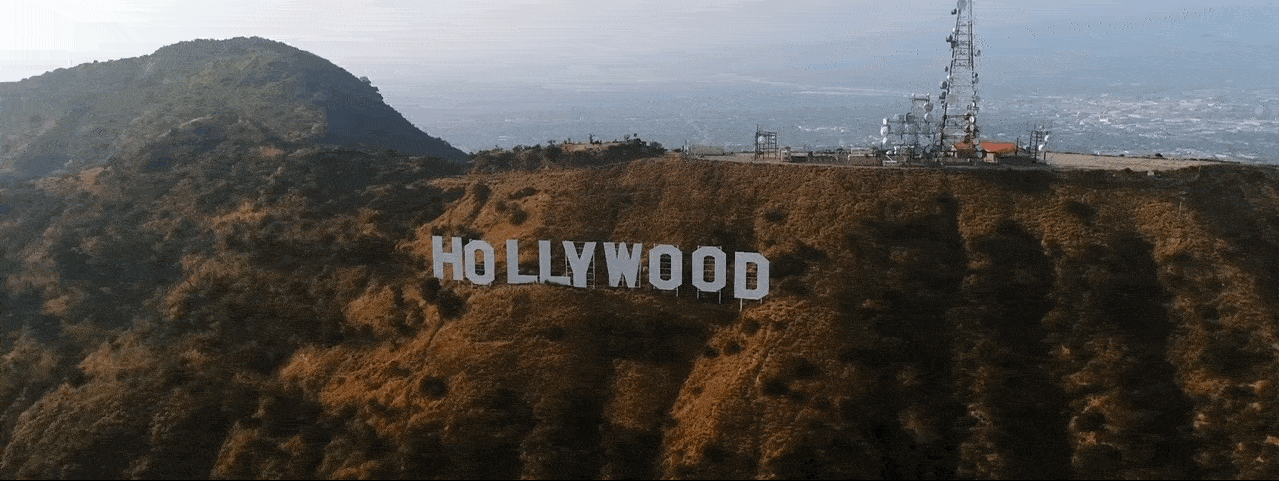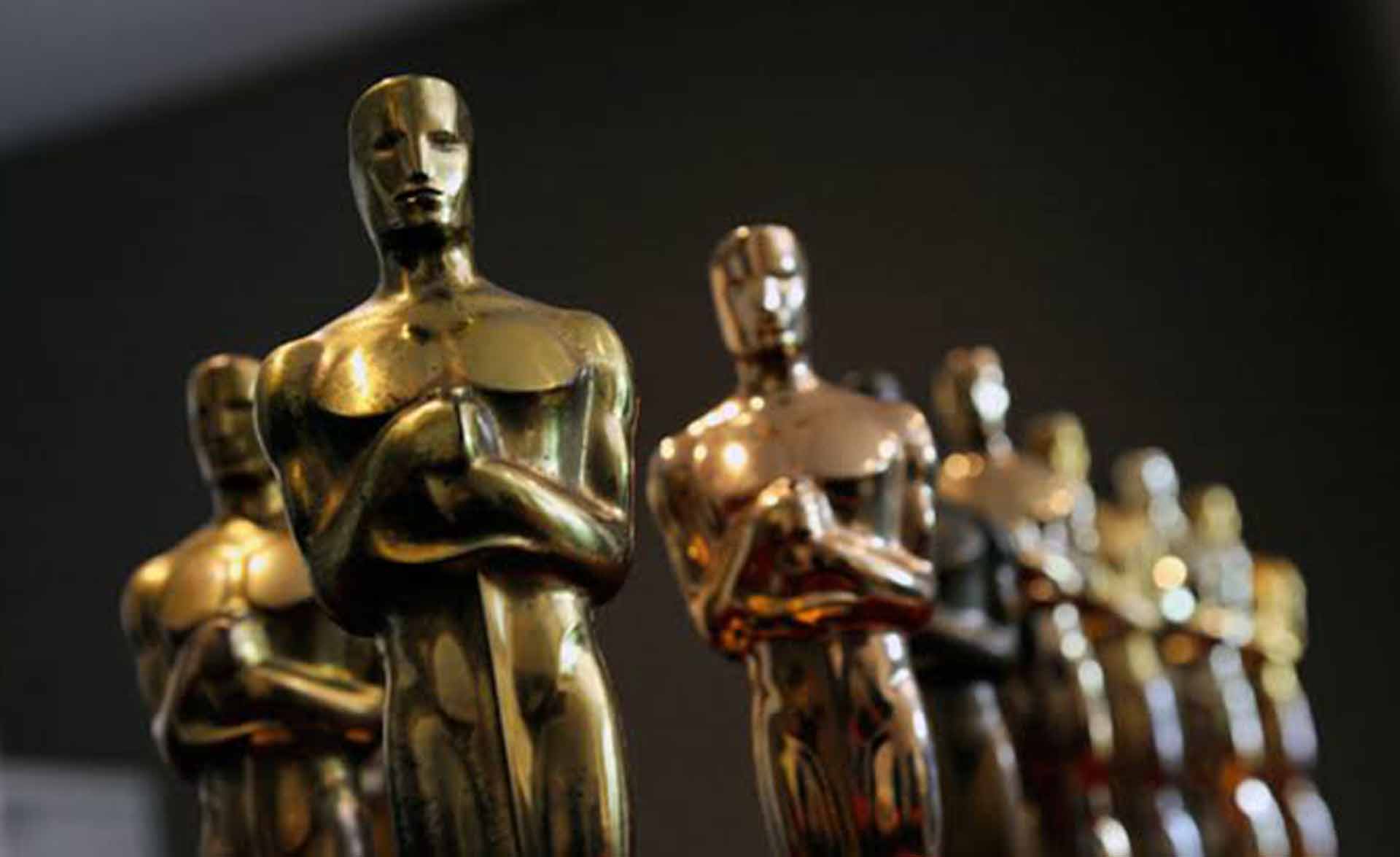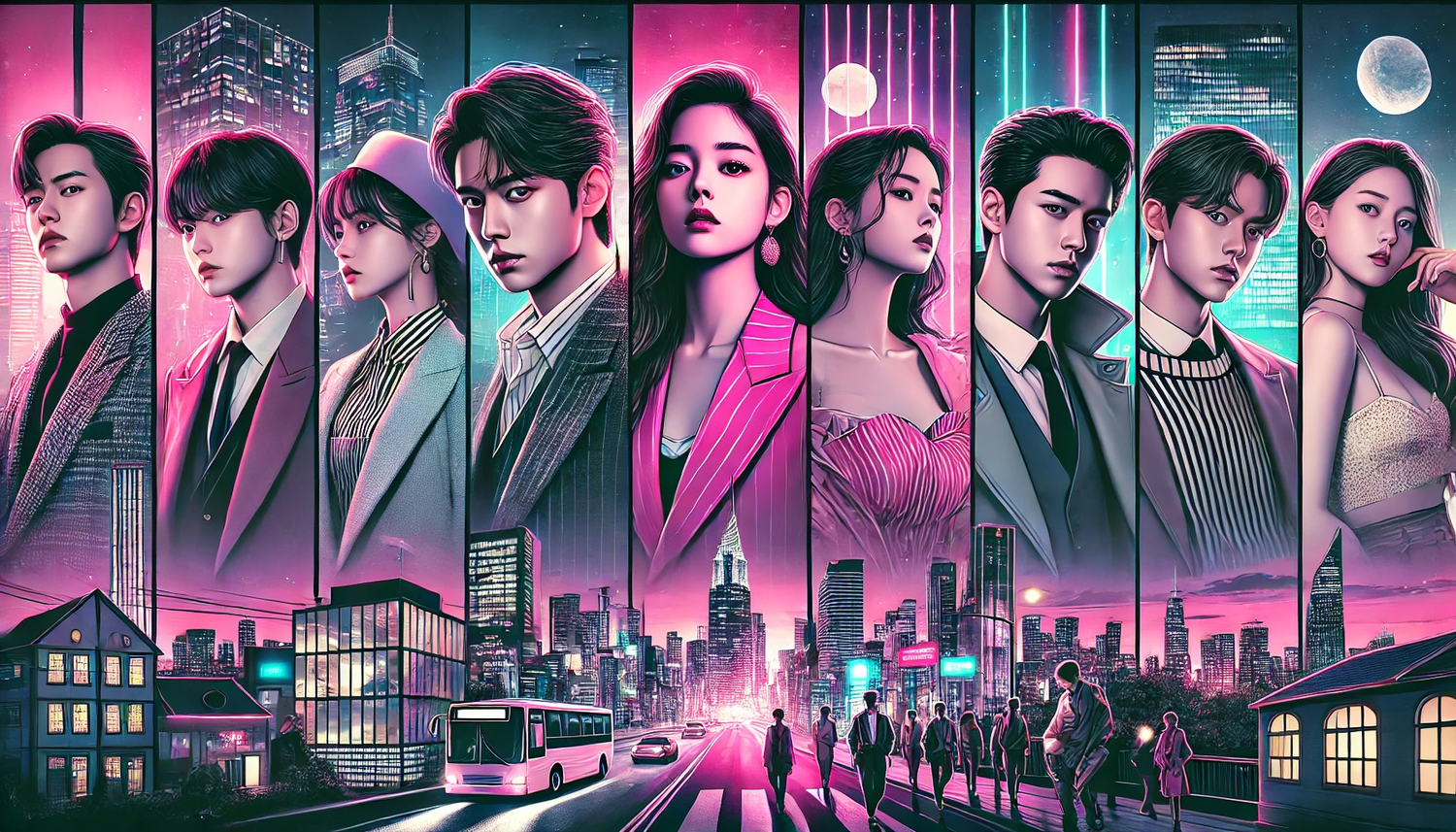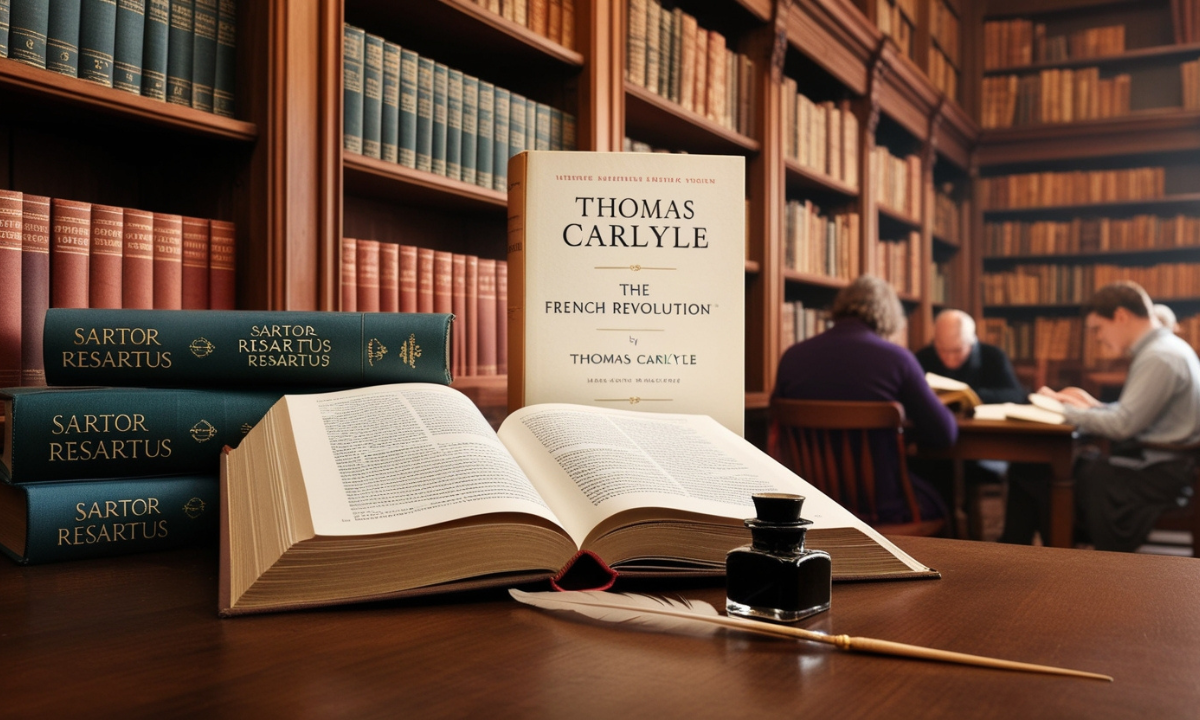When Controversy Sparks Curiosity
Banned Films That Gained Worldwide Popularity. Cinema has always been a medium that challenges social norms, confronts uncomfortable truths, and pushes the boundaries of free expression. Throughout history, numerous films have faced censorship, bans, or outright rejection by governments or cultural authorities due to their provocative themes, political criticism, or depiction of taboo subjects. However, many of these banned films didn’t fade into obscurity—instead, the controversy surrounding them sparked intense global interest. Ironically, being banned often elevated their status, turning them into cultural landmarks and symbols of resistance. These films resonated with international audiences who admired their boldness and artistic integrity, even if their home countries initially rejected them.
A Clockwork Orange: Art, Violence, and Public Backlash
Stanley Kubrick’s A Clockwork Orange was banned in several countries and withdrawn in the UK after concerns about its violent content and alleged influence on real-life crimes. Adapted from Anthony Burgess’s novel, the dystopian narrative explored themes of free will, morality, and societal control, all while portraying graphic scenes of violence and psychological manipulation. The film’s shocking content ignited heated debates around censorship and artistic responsibility. But the ban only intensified its cult status, with cinephiles worldwide praising Kubrick’s vision and the film’s unsettling yet thought-provoking message. Eventually, it returned to UK screens after Kubrick’s death, hailed as a misunderstood masterpiece.
The Interview: Political Satire That Shook Diplomacy
When Sony Pictures released The Interview, a comedy starring James Franco and Seth Rogen about a fictional assassination plot against North Korean leader Kim Jong-un, the backlash was swift and severe. North Korea condemned the film as an act of war, and hackers attacked Sony in retaliation, leading to threats of violence against theaters. This resulted in a limited release in the U.S. and bans in countries like Russia and China. Despite—or because of—the chaos, The Interview found massive popularity online, symbolizing the intersection of political satire and freedom of speech. The global attention made it one of the most-watched digital releases of its time.
The Last Temptation of Christ: Faith Meets Filmmaking
Martin Scorsese’s The Last Temptation of Christ stirred global outrage upon release, especially from religious groups. The film depicted Jesus as a man who experiences doubt, fear, and even imagines an alternate life involving marriage and children. It was banned in countries including Greece, Turkey, and parts of South America due to accusations of blasphemy. Yet, this film also received critical acclaim for its daring narrative and philosophical depth. As word spread about the controversy, cinephiles and religious scholars alike were drawn to the film, eager to form their own opinions. Today, it’s considered a bold reinterpretation of biblical themes, challenging viewers to grapple with the humanity behind divinity.
Persepolis: Animation Against Authoritarianism
The 2007 animated film Persepolis, based on Marjane Satrapi’s autobiographical graphic novel, was banned in Iran and heavily criticized by religious authorities for portraying the Islamic Revolution in a critical light. The film offers a poignant, personal account of growing up during political turmoil, blending humor, sorrow, and rebellion into a powerful coming-of-age story. Despite the ban, Persepolis gained widespread acclaim in Europe, the U.S., and across international film festivals. It became an emblem of freedom and resistance, especially for Iranian youth and diaspora communities, and was even nominated for an Academy Award, further validating its global impact.
The Blue Kite: Silencing Truth in Chinese Cinema
Tian Zhuangzhuang’s The Blue Kite offers a haunting portrayal of life in China during the Anti-Rightist Campaign and the Cultural Revolution. With its critical tone toward the Chinese Communist Party, the film was banned in mainland China and its director faced a lengthy professional ban. However, its realistic storytelling and emotional depth earned it accolades abroad, particularly in European film circles. International audiences viewed it as a rare, honest account of a dark chapter in Chinese history, and the film’s ban only amplified its importance as a document of suppressed memory. The Blue Kite continues to be studied and celebrated for its courage in confronting authoritarian silence.
Brokeback Mountain: Love, Identity, and Cultural Resistance
Ang Lee’s Brokeback Mountain broke barriers by portraying a romantic relationship between two cowboys—challenging long-held taboos surrounding masculinity and homosexuality. While it received critical acclaim and multiple Academy Awards, it was banned in several countries across Asia and the Middle East due to its LGBTQ+ content. Still, the film became a cultural milestone, sparking conversation about identity, repression, and societal expectations. Its international success showed that audiences around the world were ready for stories that reflect the complexities of love and identity, and it remains one of the most influential films in queer cinema history.
Battleship Potemkin: The Power of Revolutionary Imagery
Sergei Eisenstein’s silent classic Battleship Potemkin is often cited as one of the greatest films of all time, but its revolutionary message led to bans in several Western countries, including the UK and France. The film dramatizes a 1905 naval mutiny in Russia and was viewed as a dangerous piece of Soviet propaganda. Governments feared that its powerful montage technique and call to resist oppression could inspire real-life uprisings. Yet, in film circles, it became legendary—not only for its bold message but also for pioneering cinematic techniques that would influence generations of directors. Today, it’s both a cinematic and historical artifact, celebrated for turning art into a call for action.
Salo, or the 120 Days of Sodom: The Ultimate Taboo
Pier Paolo Pasolini’s Salo remains one of the most controversial films ever made. Loosely based on the writings of Marquis de Sade and set during Mussolini’s rule, the film depicts extreme violence, sexual abuse, and power-driven depravity. Unsurprisingly, it was banned in multiple countries for obscenity and disturbing content. Yet, many critics consider it an allegorical critique of fascism and consumerist society, layered with deep philosophical undertones. The ban turned Salo into an underground legend—discussed in film schools and censored collections—and its shocking visuals continue to ignite debates around the limits of artistic expression and moral responsibility.
The Legacy of Banned Films
Banned films remind us that cinema is not just entertainment—it’s a mirror, a magnifier, and sometimes, a weapon. These films push societal boundaries, encourage dialogue, and demand that we confront uncomfortable truths. Their initial rejection often transforms into long-term reverence as audiences recognize the courage and vision behind them. Whether rooted in politics, religion, or culture, the bans speak volumes about the power of film to disrupt, challenge, and ultimately connect people. In many cases, the very act of censorship gives these works a second life—one filled with admiration, analysis, and a legacy that outlives controversy.





























